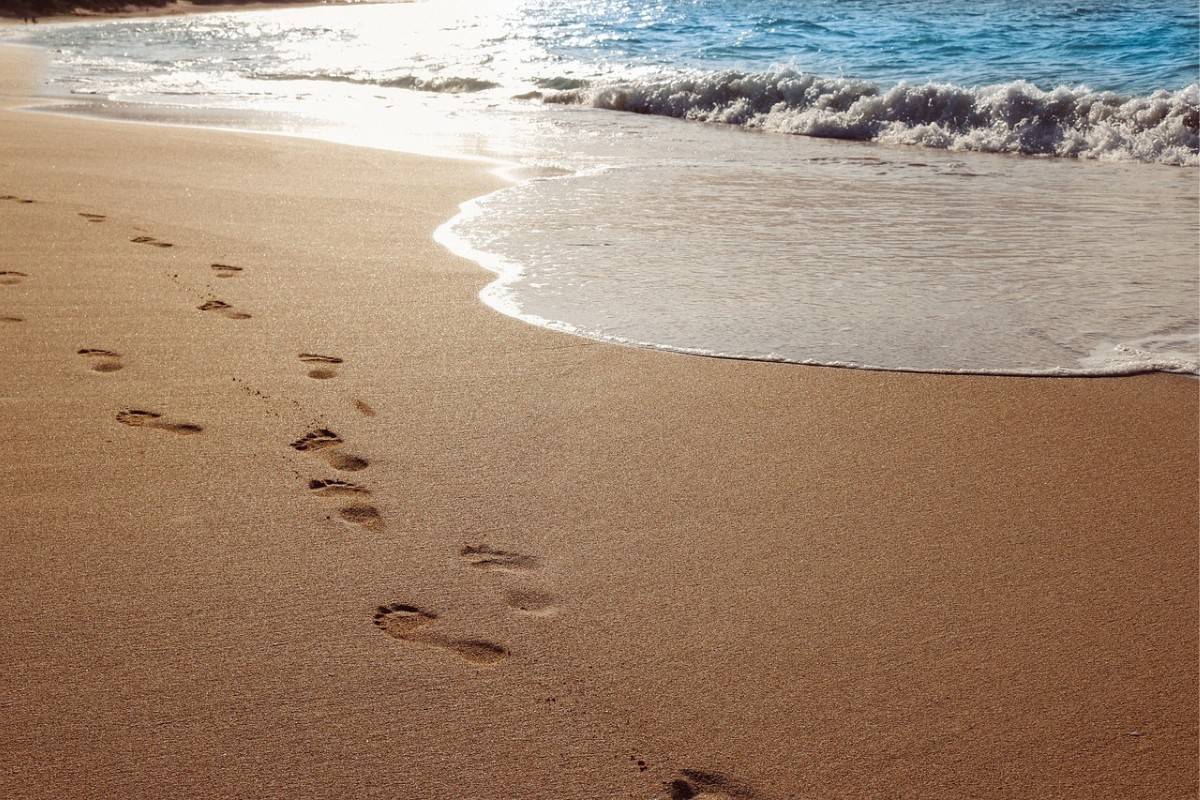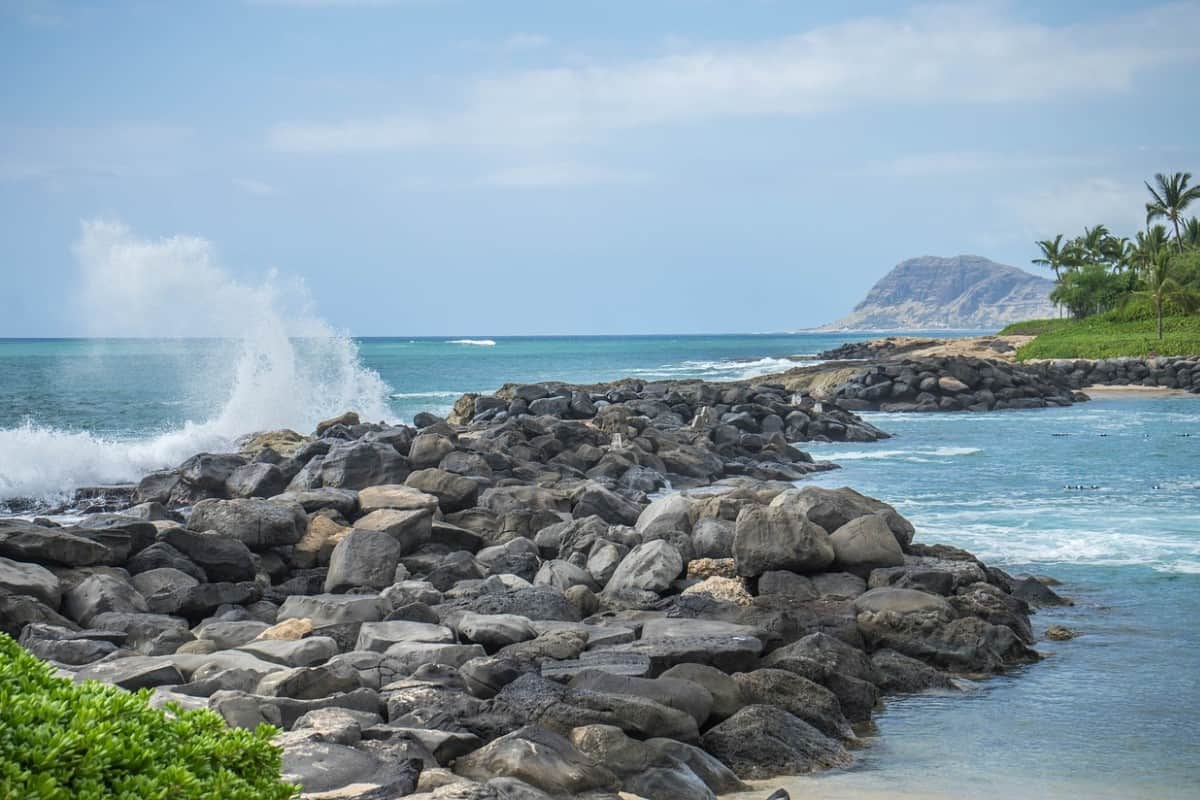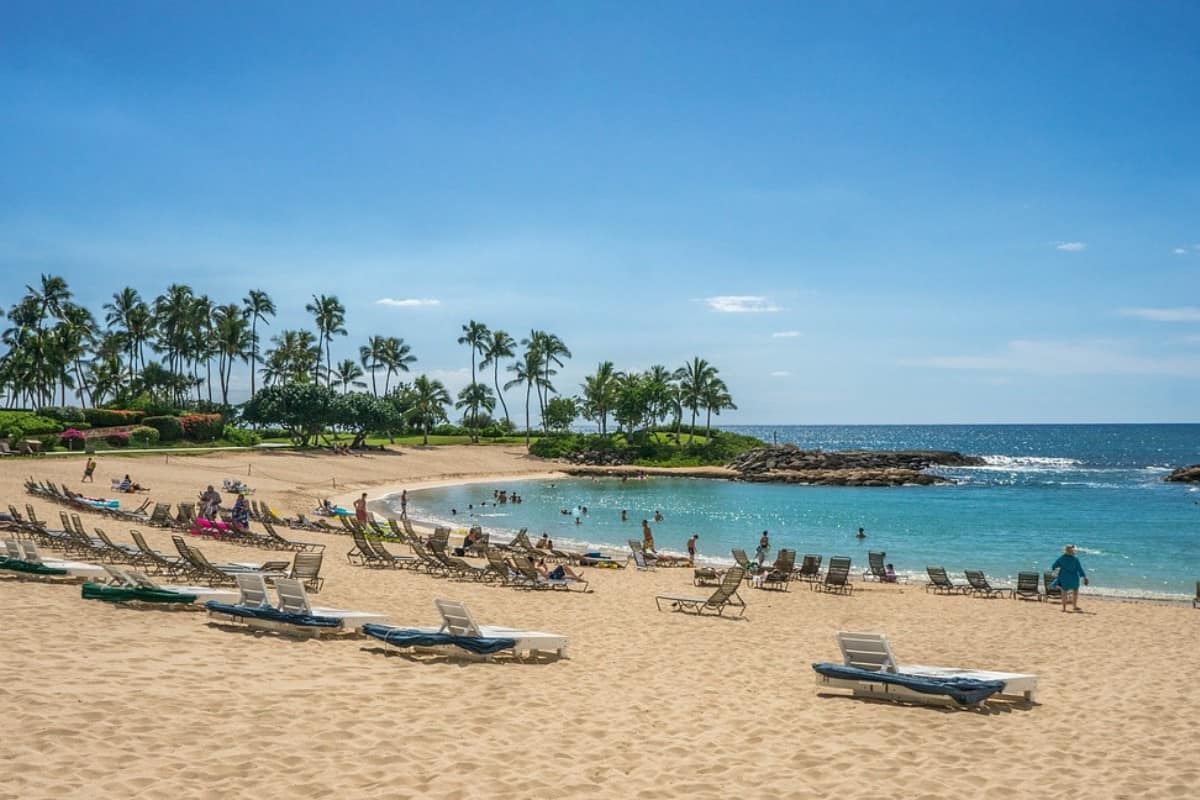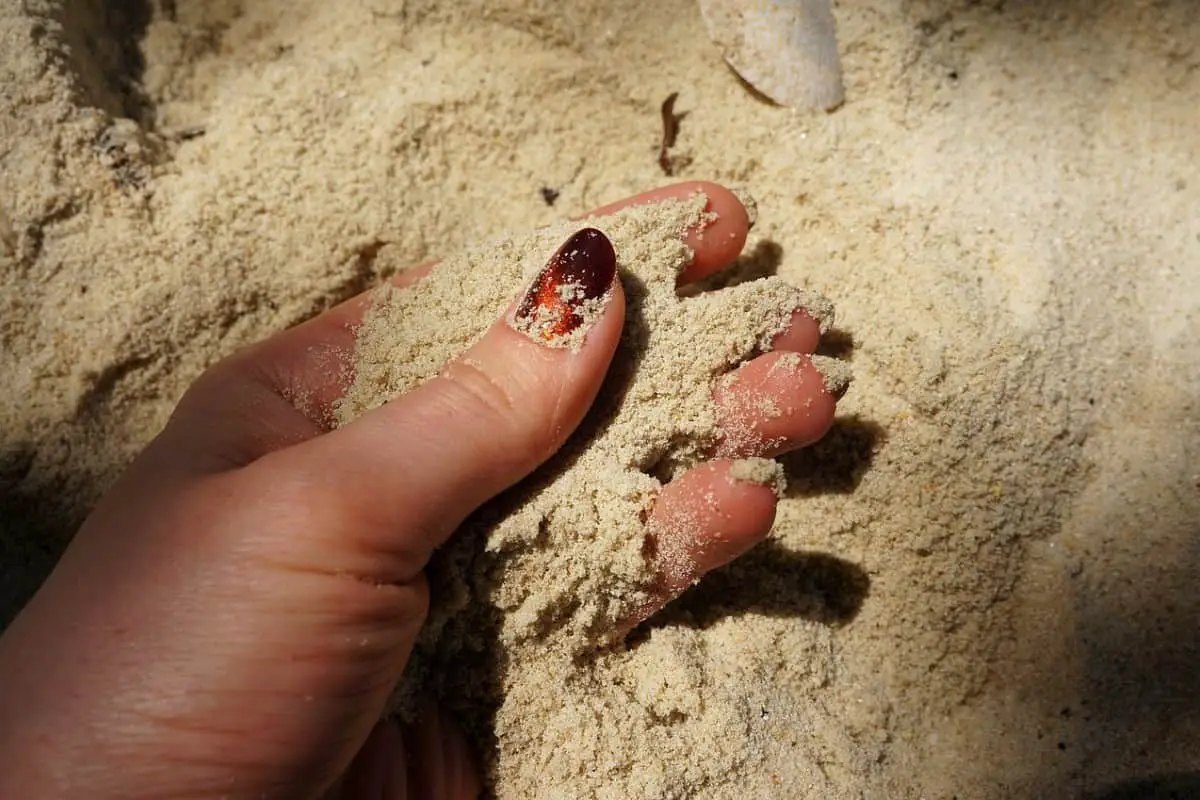Hawaii’s beautiful beaches have long drawn tourists from all over the world. These beaches are a true example of how beautiful nature is, with their golden sands, turquoise waves, and beautiful scenery. But people who visit these beautiful shores often wonder: Can you take sand from Hawaii?
In this article, we’ll look at how serious the issue of taking sand from Hawaiian beaches is, as well as the rules and consequences that come with it.
Can you take sand from Hawaii?
No, taking sand from Hawaii’s beaches is illegal due to regulations protecting natural resources. Violators may face legal consequences, including fines and confiscation of sand. To keep Hawaii’s natural beauty, tourists are told to respect the environment and the traditional significance of sand.
Key Takeaways:
- It’s against the law to take sand from Hawaii.
- If you break this rule, you could pay $100,000 or more.
- You can still enjoy them by taking pictures or doing fun things like building sandcastles or having a beach picnic.
Is it legal and ethical to take sand from Hawaii?

Taking sand from the state is usually against the law and not a good idea for a number of legal, environmental, cultural, and other reasons. Hawaii has laws, specifically the Revised Statute (HRS) §171-58.5 and §205A-44, in place to protect its beaches, sand, and other natural resources.
Hawaii’s government and local leaders want to protect the unique ecosystems and keep the islands’ beauty for both residents and tourists.
Violators can face fines and legal repercussions. Also, the Coastal Zone Management Act and other federal rules protect coastal areas and limit activities that might damage the environment.
Cultural significance of sand in Hawaii
Sand in Hawaii has great cultural importance and is crucial to the traditions and practices of the indigenous communities. People view it as a sacred element that embodies mana, a spiritual power.
It’s a physical manifestation of the land, water, and volcanic activity that shaped the Hawaiian islands and a link to the past and the present forces that continue to shape the archipelago. In addition, sand has a purpose in ceremonial contexts. It forms the foundation for sacred spaces and serves as a medium for offerings.
During these rituals, people handle and work with sand to symbolize the deep cultural meaning of the profound connection between humans, the land, and the divine. Appreciating and honoring the cultural significance of sand in the state is essential for both visitors and residents, as it cultivates cultural understanding, deepens the connection to the land, and encourages responsible engagement with the natural environment.
What punishments can you face when you take sand?
It’s crucial to understand that violating the regulations pertaining to sand mining or taking in Hawaii can lead to various legal consequences. Factors such as the jurisdiction and the nature of the offense determine the severity of the penalties.
Illegally taking them can result in fines that can go above $100,000 in extreme cases. This applies to all beaches, including notable ones like Papakolea Beach, with its unique green sand, and Punalu’u Beach, known for its black volcanic sands.
However, it’s worth mentioning that accidentally bringing home small amounts of sand in their clothes, shoes, or personal items doesn’t result in any repercussions for individuals. The regulations and punishments focus on intentionally removing sand from the beaches.
In addition to legal consequences, a cultural and superstitious significance is attached to taking sand from the beach or lava rocks from a volcano in Hawaii. Hawaiian culture highly values rocks and believes that taking them can result in a curse. This superstition reminds us to respect rocks and the natural environment because of their cultural significance.
Alternative ways to enjoy Hawaiian sand
It’s important to respect the regulations and not take sand from Hawaiian beaches, but you can still enjoy and appreciate its beauty in alternative ways. Here are some suggestions:
1. Explore the shoreline and participate in beachcombing activities

Explore the natural treasures that wash ashore, like seashells, driftwood, and fascinating rocks. Appreciate the diverse textures and colors of the sand without removing it.
2. Take photos to capture the beauty of Hawaiian beaches
Try different angles, lighting, and compositions to show off the sand and its surroundings’ unique characteristics. Taking pictures of it is a creative way to keep memories and show the natural beauty of Hawaii.
3. Build sandcastles on the beach
Create intricate structures, sculptures, or simple sand mounds using the sand on the beach. Building sandcastles is a fun and creative way to enjoy them without harming the environment.
4. Set up a beach picnic and enjoy the beautiful scenery

Spread a blanket or sit on beach chairs and enjoy the sand beneath your feet. Enjoy a meal or snacks with friends and family at the beach, while taking in the sights, sounds, and aromas.
5. Take leisurely walks along the beach during sunset
Experience the serenity and beauty of the coastline as the golden light bathes the sand and the ocean. Listen to the waves gently lap and see the sky’s vibrant colors as the sun goes below the horizon.
Remember, you can enjoy the beauty of Hawaiian sand without taking it. You can fully appreciate the natural wonders of the beaches and preserve their integrity for future generations to enjoy by engaging in responsible and sustainable activities.
Final Thoughts
In conclusion, taking sand from the state is illegal and ethically discouraged. People who break the rules can be fined and face other legal consequences because it has a special meaning for Hawaiians because it connects them to their ancestors.
Instead, responsibly enjoy the beaches by engaging in activities such as beachcombing and photography. Respect regulations and practice sustainability to preserve natural beauty and cultural heritage.




